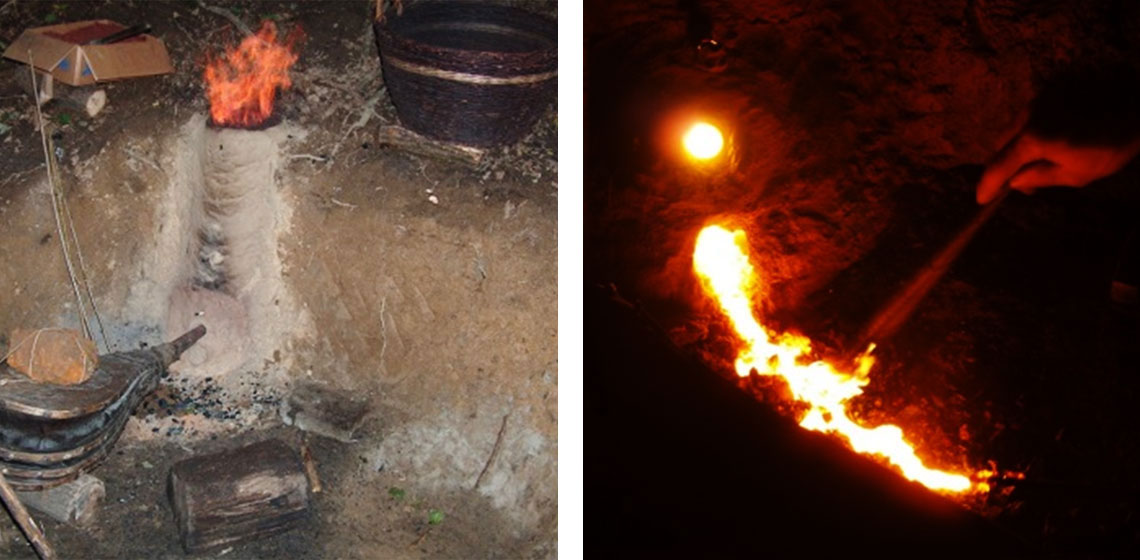Making Wine like Iberians: a Learning Experience with the International Workcamp at La Ciutadella Ibèrica of Calafell
The international workcamp in Calafell
The workcamps in Calafell are coordinated by the Fundació Pere Tarrés, a non-profit organisation of social action devoted to the promotion of leisure education and volunteering among other objectives, and the municipality of Calafell is one of the organisations that support these workcamps. So far La Ciutadella Ibèrica has held three of these projects (2010, 2012 and 2013) with international volunteers being the core theme of the activity.









